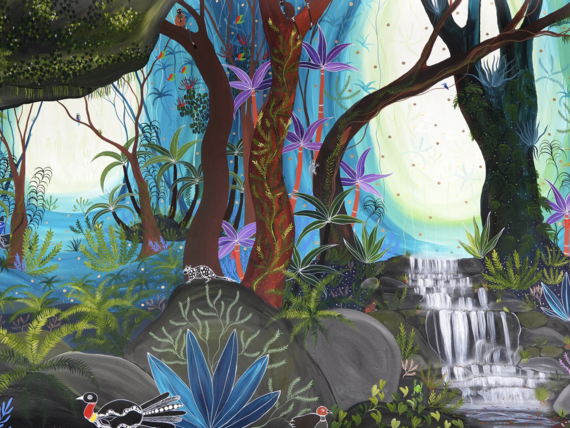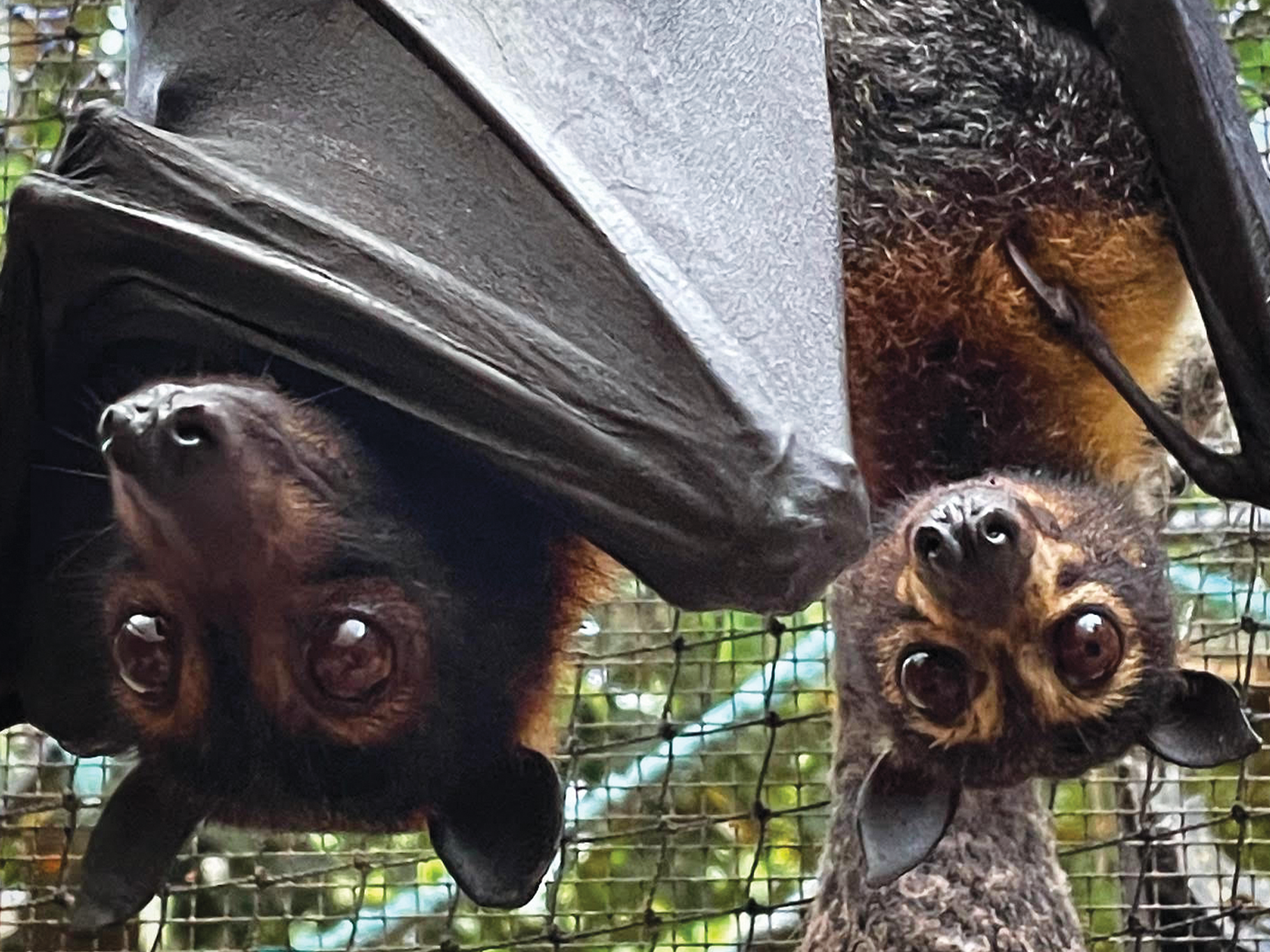
“It’s okay - you only need to worry about crocs at either end of the trip.”
These reassuring words were uttered by another wildlife carer, Lisa, while looking for someone to accompany her on a jet ski to rescue a bat.
Unsurprisingly, nobody put their hand up.
In the Far North, the idea of riding a jet ski in waters possibly inhabited by salties seems like a death wish.
But this was a mission born of both dedication and desperation.
##IAA1##
A call had come for an injured spectacled flying fox on a property that’s only accessible by water.
Frantic messages pinged back and forth between carers.
Could someone go with the coastguard? The ferry? The sea turtle rehabilitation people?
Maybe we could leave a note at the boat ramp, asking if anyone could pick up a rescuer?
Then somebody thought of a jet ski - but would there be enough space for two people and a basket carrying very precious cargo?
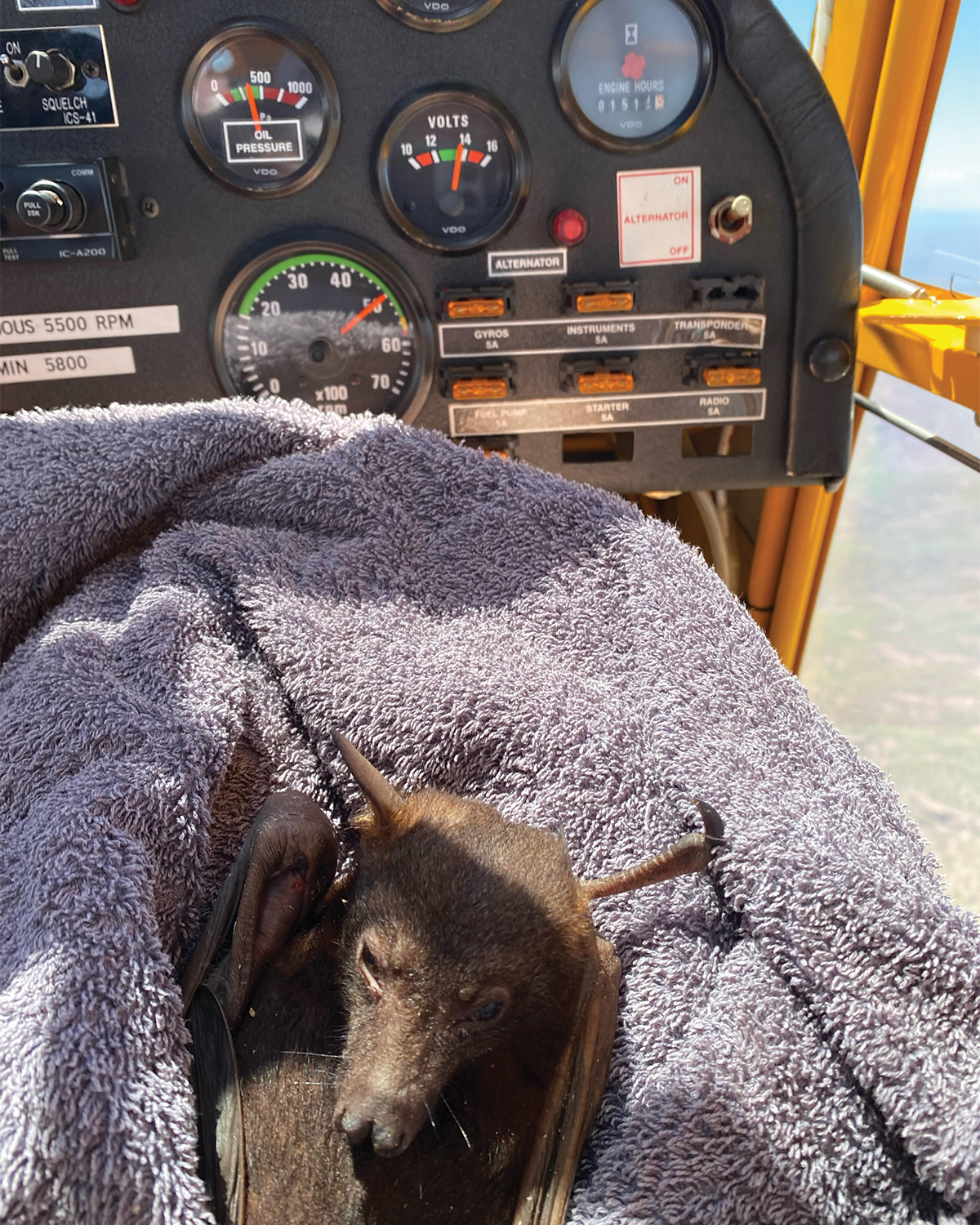
##PQ##
Every day, volunteers on rescue lines take calls from people who’ve found native animals, some endangered like the spectacled flying fox needing urgent care.
Wallaby joeys whose mums have been hit by a car, fledglings fallen out of nests and bats entangled in fruit nets and barbed wire fences.
Then there’s the occasional feral piglet, python, or possum - or is it perhaps a big rat? We can never be sure until we’re there.
Another recent rescue even involved a carer from Tolga Bat Hospital hitching a ride in a light plane to rescue a bat from Chillagoe, over 150 kilometres away!
The dog-like faces of spectacled flying foxes, with their huge expressive eyes ringed in gold fur like a pair of glasses (hence their name), make these missions hard to resist.
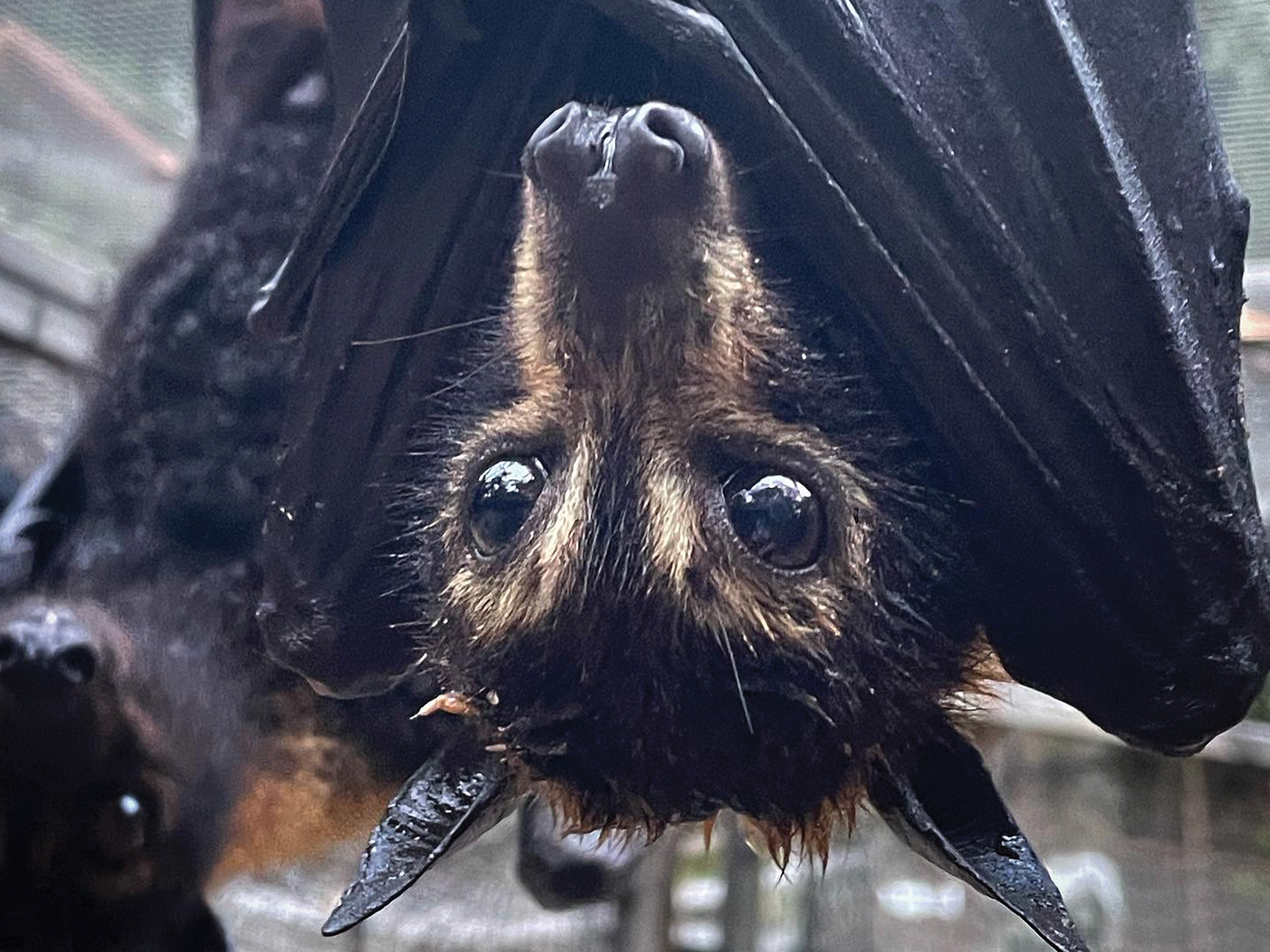
They’re not just little bundles of cuteness though, but invaluable to the health of our beloved rainforests by dispersing seeds and acting as pollinators through contact between their fur and the flowers they feed from.
The most pressing factor, however, is that their numbers are now so low that they classify as an endangered species, due to habitat loss, environmental stress like heatwaves, disease, and man-made obstacles.
And the Mission Impossible Jet Ski Rescue?
Sadly, it doesn’t have a happy ending.
After hitching a ride with a fisherman and thoroughly searching the area, Lisa was.about to return when she spotted the spectacled flying fox on the ground, dangerously close to an enormous and hungry-looking lace monitor.
Speeding back to town, she rushed to a bat-friendly and vaccinated vet, who could only put the animal to sleep as its injuries were too extensive
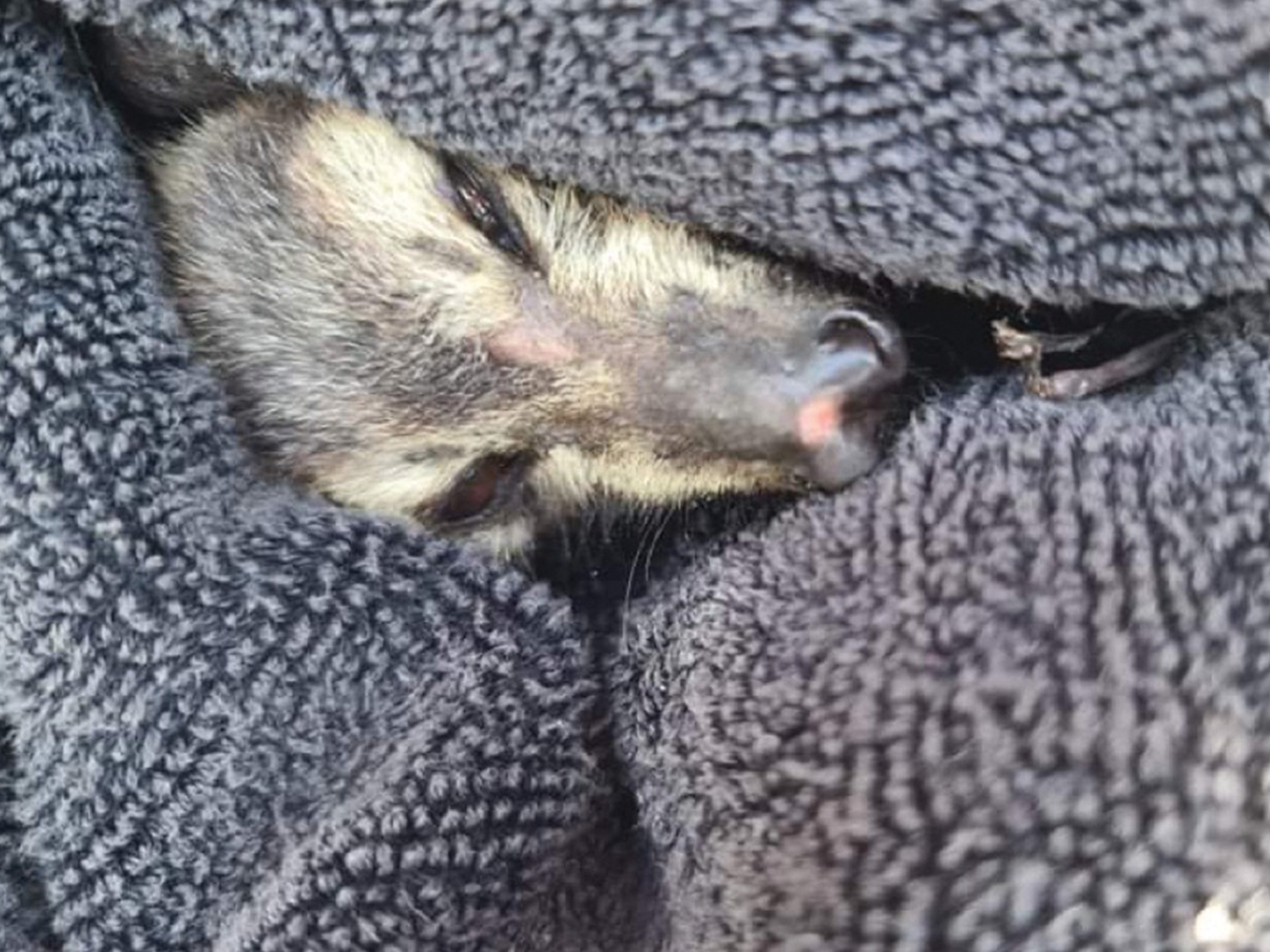
A sad end to the story, but a consolation to know the bat died in a comfortable and pain-free environment.
As one of our fellow wildlife warriors says, “every animal rescued and released is not just one animal, it’s all the subsequent generations that animal procreates.”
If you spot a dead bat stuck in power lines …
Call a local wildlife agency. Often, a female is likely to have an unharmed baby tucked up under her wing and hanging on for dear life. A wildlife rescuer will liaise with Ergon Energy to rescue the baby.
This article was written by Melanie Smith and originally appeared in Tropic magazine Issue 38

